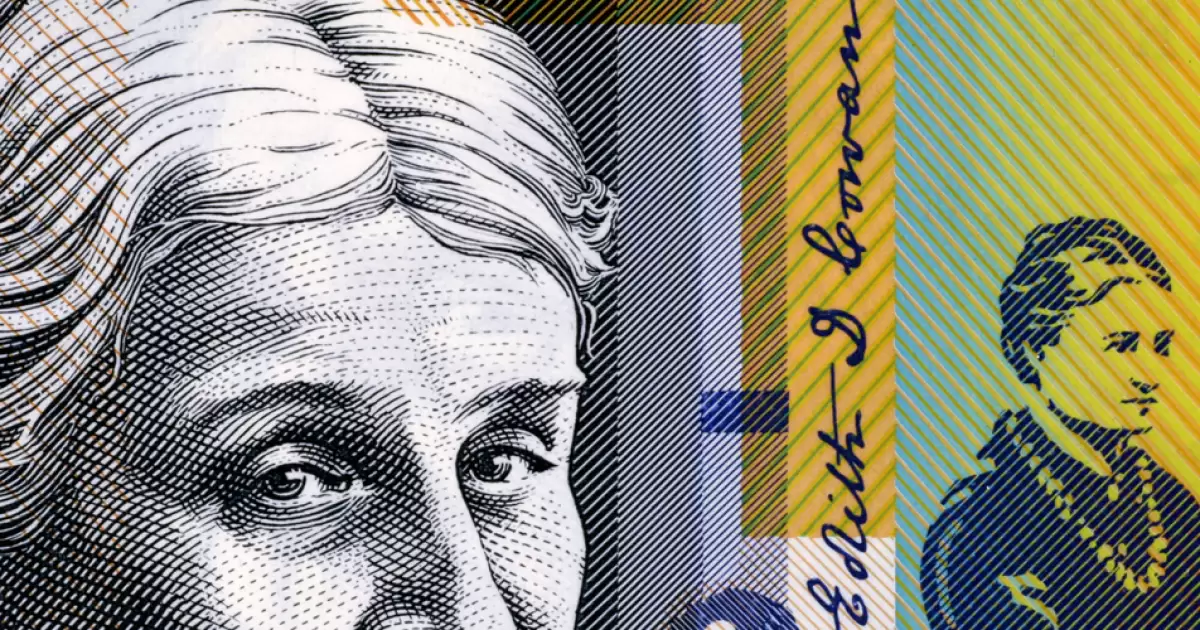The FJ Holden Special, now proudly displayed at the National Museum of Australia, stands as an iconic symbol of the nation's automotive history. Renowned for being the first mass-production car in Australia, the FJ Holden represents a pivotal moment in the nation's industrial narrative, marking both the rise and the eventual decline of Australian car manufacturing.
The Birth of the FJ Holden
Introduced in October 1953, the FJ Holden was a milestone in Australia’s automotive industry. Produced by Holden, a subsidiary of General Motors, it followed the success of the 48-215 model, known as the FX, and quickly became a beloved vehicle across the country. The FJ Holden featured a robust design with a bolder grille and enhanced comfort, making it a favourite among Australians. Manufactured until 1956, this model saw the production of over 169,000 units, cementing its place in the nation's automotive legacy.
The Golden Era of Australian Car Manufacturing
The post-war period was a time of significant growth for Australia's car industry. Following World War II, the Australian government prioritized the development of a robust manufacturing sector. This led to the establishment of several car manufacturing plants, with Holden at the forefront. By the 1950s, Holden had dominated the market, with its vehicles becoming synonymous with reliability and ruggedness, especially suited for the country's rural landscapes.
Challenges and Decline
However, the success of the Australian car industry was not to last. By the 1970s, the industry faced numerous challenges, including increased competition from international brands and a lack of economies of scale. The market began to shift towards smaller, more fuel-efficient vehicles, predominantly offered by Japanese manufacturers. This shift, combined with economic factors and evolving consumer preferences, led to a gradual decline in the local car manufacturing sector.
The Last Holden Produced
The decline culminated in the eventual closure of car manufacturing plants across the country. The last Holden vehicle rolled off the production line on October 20, 2017, marking the end of an era for the Australian car industry. The closure of the Holden plant was a significant moment, symbolizing the broader challenges faced by domestic manufacturing in a globalized economy. It also highlighted the end of Australian-made cars, with the industry shifting towards importing vehicles from overseas manufacturers.
The FJ Holden's Legacy
Despite the industry's decline, the legacy of the FJ Holden endures. It remains a cherished piece of Australian history, celebrated for its role in shaping the nation's automotive landscape. The FJ Holden Special, now preserved at the National Museum of Australia, offers visitors a glimpse into the past, showcasing the innovation and craftsmanship of mid-20th century Australian manufacturing.
The FJ Holden is more than just a car; it is a testament to a bygone era of Australian industrial prowess. While the country's car manufacturing days may be over, the impact of the FJ Holden and the vehicles that followed continue to resonate. As visitors admire the FJ Holden on display, they are reminded of a time when Australia stood proudly at the forefront of automotive innovation.











